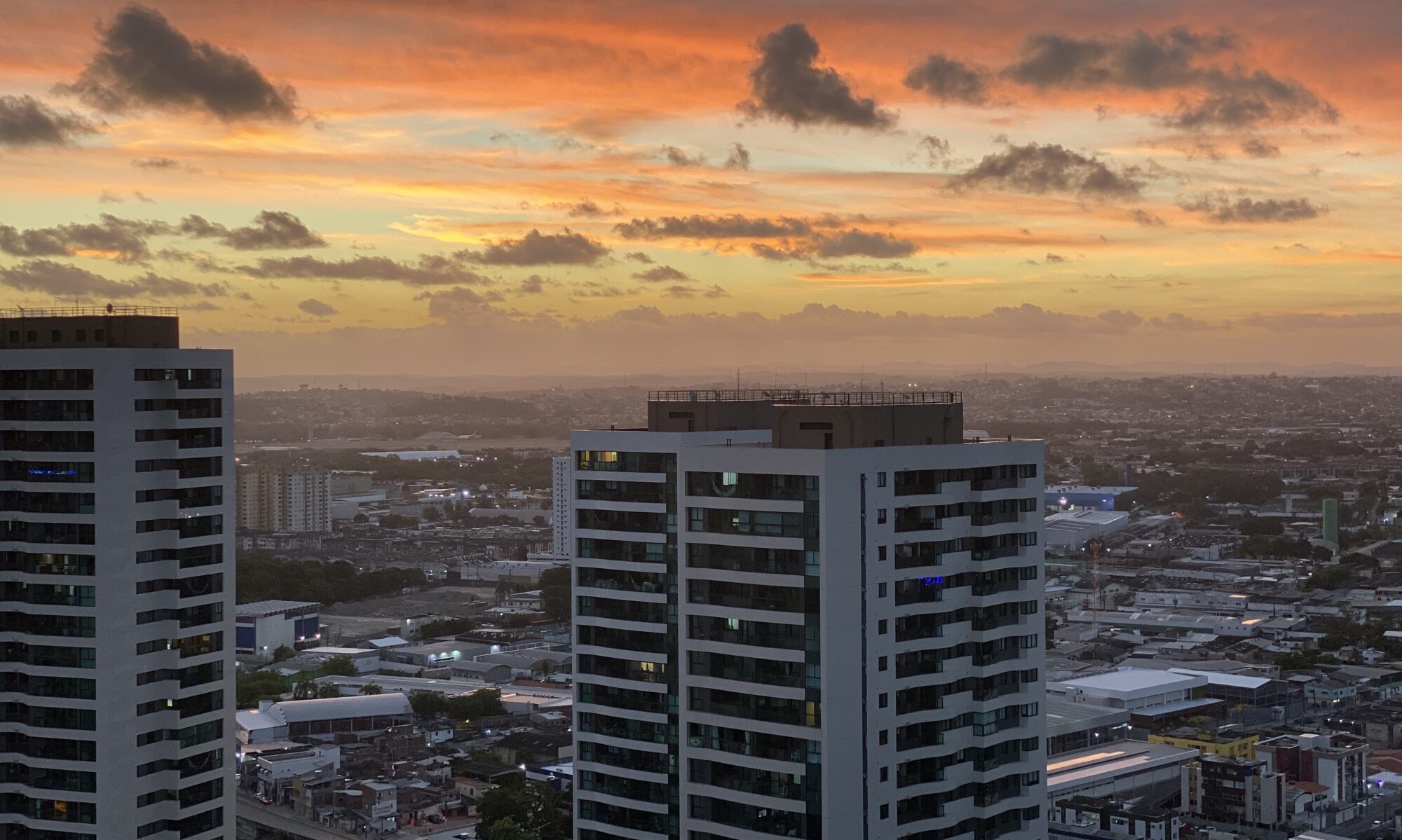There are African priests who travel to Brazil to learn about their own religion. This is an extraordinary example of cultural survival and the development of traditions which were thought to have been killed by the slave trade. Yorubas, Dahomeyans, Ashantis, Bantus have all contributed to Afro – Brazilian religion and have introduced different rituals. However, the cult known as Jeje-Nago was the main influence from the nineteenth century onwards. A similar phenomenon occurred in the Caribbean, with Voodoo in Haiti and Santeria in Cuba. Devotees from three areas – The Brazilian coastal regions, the Caribbean and East Africa – have many sacred rites in common, and there is still considerable scope for further development of their relationship.
The vitality of African tradition in Brazil is evidenced in the particular way it spread. It was never restricted to a single ethnic identity. The symbolism of the colour black and ancestral memories of Africa are heavily stressed, it is true, and they offer a perennial source of inspiration to black movements. However, for believers, the colour black is not the essential identifying feature of the religion. Oxum is yellow or gold, Oxossi is forest green, Yemanjá is sea blue, Xangô is red and white, and so on, through the colours of the rainbow.
Religious emphasis is not placed on the historical facts of the splitting up of whole tribes, the slave trade, the terrible ocean crossings or the violence of slave labour. The rituals and myths of Candomblé have little to say about history. What matters is the presence of the orixás in the sacred spaces, and their influence on the minds and conduct of people. Candomblé invests relationships with a cosmic dimension, both in mythical times and in life as we know it.
Its approachable myths, combined with the syncretism tendencies of Catholicism in Brazil, resulted in the truths of Candomblé being recognized as such and accepted by large numbers of Brazilians, whether they were black, mulatto or white. Candomblé was always condemned by the Church, but the clerical establishment never enjoyed great influence among the masses. It was persecuted by the State, with particular violence during the rule of President Getúlio Vargas, but the police who used to break into Candomblé premises were themselves often fearful followers of the cult. This persecution grew less frequent from the 1950s onwards, and the cult and its membership expanded. Cultural changes have seen it dignified in literature, music, cinema and TV, and it has acquired a glamour which has attracted even the elite of society.
Its influence on the new and growing Umbanda movement brought the cult of the orixás to a wider circle, including the middle classes. A survey in the 1980s recorded around 16,000 Umbanda centres in the state of Rio Grande do Sul, for example, the majority of them involving the descendants of Germans, Italians, Poles and other European immigrants. There are devotees of the orixás among Japanese and Jews in Brazil. Candomblé Houses and Umbanda Centres proliferate in Argentina through the Brazilian influence.
The aesthetic sophistication of Candomblé rituals have undoubtedly contributed to the attraction it exerts on people in general, and in artistic circles in particular. The open ceremonies in every house of the cult are like parties. The divinities that manifest themselves there do not come to preach or to give counsel. They come to express the life force, in dance. They do this in solemn mode, following a strict logic of ritual, submissive to the sound of the drums and the chanting. They are dressed ceremoniously and perform ritual gestures to identify each orixá. The proceedings invariably end with a meal for everybody present, when the sacred foods which have formed part of the event are eaten.
Candomblé Houses are constantly concerned with the maintenance of relations between the sacred and the profane. The area is carefully divided up, with a large covered area for the feast, a small room for the initiates, the ‘Peji’, to which access is restricted and where the sacred objects are kept, the shrines of each orixá, where access is also restricted, the area for the sacred plants, the reception room for devotees etc. Together they form a whole as complex as the cult’s hierarchy.
There are the obligations towards each orixá, the initiation ceremonies, the individual participation of the devotees, the divinations, the readings of the sea shells, a variety of private rites. The difficult reconciliation of the distinct powers that make up a Candomblé House and the relationship with the outside world are matters which must be carefully attended to, following a meticulous aesthetic ritual. The authority of a ‘lalorixá’ (mother of the saint) or a ‘babalorixá’ (father of the saint’) quite rightly depends on her or his mastery of these matters. Knowledge of what to do and the reasons for each traditional gesture make up the vast inheritance of symbols personified in the figure of the mother or the father of the saint.


